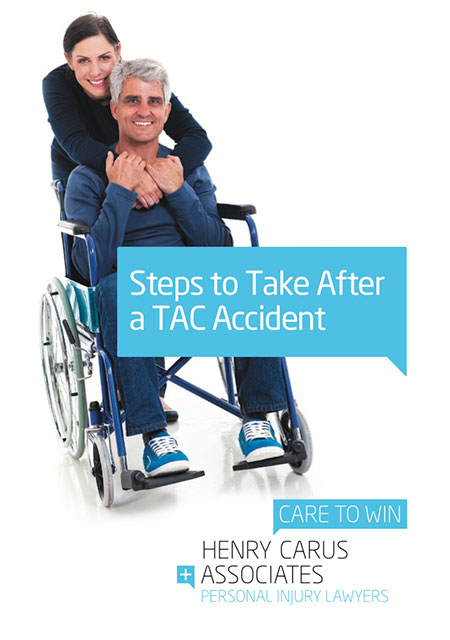
The ‘Green Spine’ in Geelong has narrowly avoided a cruel fate after the VIC government overruled a recent city council vote to remove one of the bike lanes and tear up portions of the acclaimed six-block section of Malop Street.
Just last year the ‘Green Spine’ was recognized as a triumph in urban design, providing outstanding public spaces while maintaining the functions of a busy retail district. In spite of this, the city council in Geelong passed a $2 million motion that would have restored parking spaces and turning lanes, citing complaints about traffic congestion.
The debate over the ‘Green Spine’ illustrates the ongoing conflict between bicyclist safety and motorist complaints.
What’s Next for Bike Lanes in Geelong (and VIC)?
Dedicated bicycle lanes provide much-needed distance between cyclists and motor vehicles. The removal of parking spaces along roadways also reduces the risk of stationary vehicle collisions resulting from drivers opening doors into traffic.
Unfortunately, in Geelong and in much of Victoria, safety concerns for cyclists seem to be taking a backseat to the municipal concerns of regulating traffic.
Safety Concerns for Cyclists
More and more people are realizing the benefits of cycling. Some do it for the sheer joy of pedaling in the open air. Others do it for the exercise and the health benefits. And, as concerns about the environment continue to grow, a number of people have adopted the bicycle as their primary mode of transportation.
Henry Carus himself is an avid cyclist and supporter of organizations that push for better and safer biking. He is also proud to advocate on behalf of clients who are injured in bicycle accidents.
Oftentimes, bicycle injuries result from collisions with motor vehicles. Negligence on the part of drivers is generally to blame in these instances. However, roads that are not designed to protect cyclists contribute significantly to the problem.
1. Intersection Collisions
It should come as no surprise that intersections are the most dangerous convergence points for motor vehicles and bicycles. Some of the most common accidents between bikes and cars in intersections include:
- Head-on crashes
- Sideswipes
- Drivers making right turns, hitting cyclists traveling straight or blocking their path without time to react
- Vehicles making left turns into or in front of cyclists travelling straight in the opposite direction
- Ignoring or overlooking traffic signals and road signs
Even parked cars can pose a risk to cyclists in the form of open doors. Many drivers open their doors into the side of the road without looking over their shoulders. Known sometimes as ‘dooring,’ these crashes can happen in the blink of an eye. The injuries could be caused by the collision itself, or as a result of falling into traffic and being struck by another vehicle.
Of course, cyclists don’t have to collide with another vehicle to suffer serious and even fatal injuries.
2. ‘Near-Miss’ Accidents
One such example is the ‘near-miss’ crash. Cyclists must often be on high alert for aggressive or inattentive driving. Drivers of motor vehicles have a responsibility to be safe behind the wheel as well, but the sad reality is that many people make little to no effort to share the road.
As a consequence, careless drivers may drift into the bicycle lane or the shoulder of the road. An aggressive driver may tailgate, flash the lights, or honk the horn. In any of these frightening situations, the bicycle is significantly outmatched by the car in size and weight. So, if the vehicle gets too close, the cyclist may be forced to take evasive action to avoid the car.
In some cases, such a manoeuvre can mean the difference between life and death. However, avoiding the collision doesn’t come without risks. You may be forced off the road, colliding with the curb of the sidewalk or another object that can harm you.
3. Bike Accidents Caused by Road Design or Defects
Sometimes the road itself may be to blame for a bicycle accident. Proposals like the one for a ‘cycling superhighway’ from Infrastructure Australia belie how ill-equipped some roads in Melbourne and other areas of Victoria are for bicycle traffic.
Bicycles are more prone to damage and loss of control as a result of road defects or obstacles that a motor vehicle might pass over without incident. Some of the biggest road hazards for cyclists include:
- Cracks in the pavement
- Potholes
- Loose dirt or gravel in the roadway
- Visibility issues
- Deficient or burned out street lamps
- Insufficient grading, resulting in standing water and slicker roads when it rains
- Inadequate maintenance
In these cases the at-fault party may be the government agency or private company responsible for designing, building, and repairing the road.
Contact Henry Carus + Associates Today
If you or a family member has been injured in a bicycle accident, or you lost a loved one in such an accident, Henry Carus + Associates is here to help. In addition to extensive experience pursuing compensation for clients in cycling collisions, our lawyers understand the issues facing cyclists on the streets of Melbourne and other areas of VIC.
Please call 03 9001 1318 or complete the form on our website to get started. Your initial consultation is completely free, and you don’t pay a fee unless we win for you.
 Call Us Today
Call Us Today



